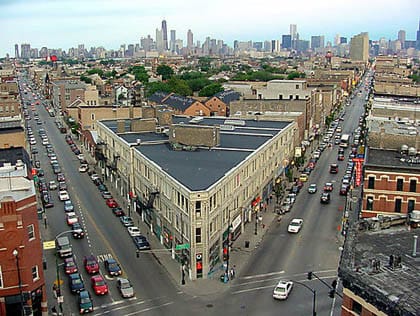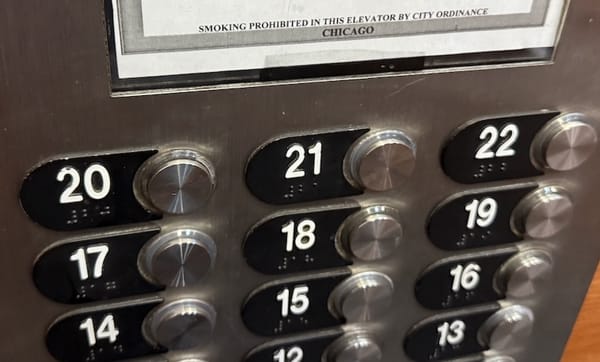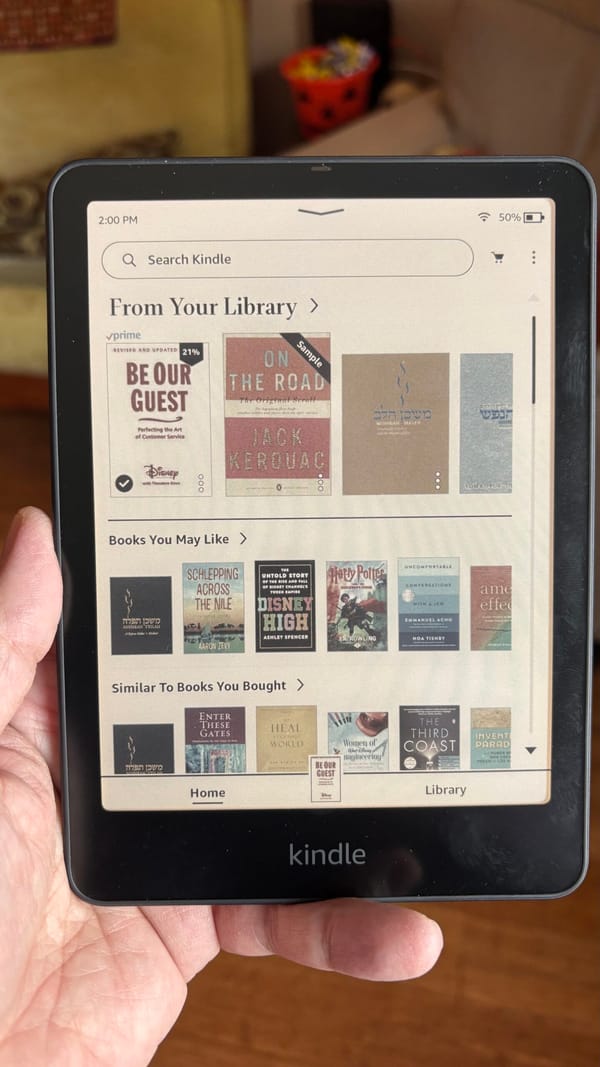No Shul Like No Shul for Yom Kippur
Sometimes home is the holiest place you can be.

(This is post is part of a continuing series about my experiences remaining synagogue unaffiliated as a former regular worshiper.)
As I play catch-up from a nearly four-month blogging hiatus, the best place to begin is where I left off--in September, at the beginning of the 5775. Since converting, the Jewish High Holy Days and the simultaneous turning of the Hebrew calendar year always steal the secular New Year's thunder for me. Courting midnight on December 31 is for watching Kathy Griffin torture Anderson Cooper on CNN, or monitoring ABC 7 Chicago's Janet Davies for tipsiness, and setting forgettable resolutions. For Jews, the really important resolutions have already been made for several months.
Four months ago, I noted that we decided to spend the start of our first unaffiliated High Holy Days at Disneyland. After our disappointment with our previous, long-term synagogue, we were in no mood to spend time in another one just because the High Holy Days were coming. (The irony is, of course, that the High Holy Days are the only time that most American Jews bother to go to synagogue at all.) We saved shul-shopping for later, welcomed 5775 in Anaheim, and spent the Days of Awe between Rosh Hashanah and Yom Kippur in our own private contemplation.
The High Holy Days are meant to give you time to consider your relationship with other people, but I spent most of my time considering my relationship with Judaism. I spent a lot of the time thinking about what it means to be Jewish within the Reform Jewish tradition. Remaining unaffiliated for several months had taken away the comfort of reliable communal prayer and weekly reconnecting with a synagogue community. But I also couldn't ignore a growing sense of relief the further I found myself from synagogue membership, with the associated pressure to conform to status quo thinking about Judaism and Israel.
Ryan said in no uncertain terms he wasn't spending Yom Kippur, Judaism highest holy day, in a synagogue this time around. And after witnessing the Rabbi emeritus at my last shul purposefully cut Jewish converts out of the story of the Jewish people on the previous Yom Kippur, I felt the same way. (The 2013 High Holy Days were also when I made a carefully deliberated decision to reject fasting on Yom Kippur.)
But there's always that homing signal. Jewish by choice or by birth, on Yom Kippur, your kishkes tend to tell you making good with your maker is best done sitting amid a crowd of thousands.
So I guess I shouldn't have been surprised to find myself walking into the Wicker Park Chabad House for the free Kol Nidre service on the eve of Yom Kippur. The crowd of thousands in my head was reduced to a crowd of three in person shortly before service time. In my time, I've learned a thing or two about homing signals. My hometown homing signal went off in 2007, and I was sure my future led directly back to New York City, where I used to feel at home. Eight years later still in Chicago, that of course wasn't the case. Instead, I stood my ground, remembered why I left in the first place, and redefined where I wanted to be.
On Kol Nidre, I thought I wanted to be in shul, where I used to feel to at home. Instead, I got up and left, went home to Ryan, and stood my ground in the continuation of an unaffiliated period of my life that no longer offers the comfort of singing rabbis or sugary onegs or communal prayer.
I think this is a part of being an unaffiliated Jew that all those well-meaning outreach campaigns miss. It's not just about feeling out of place at shul. It's about feeling more at home at home. Show me a shul that goes out of its way for its members truly to feel at home, and I'll show you a thriving synagogue.
After all, I can sing, and I can bake, and I can pray just fine at home--and God will still know where to find me.




